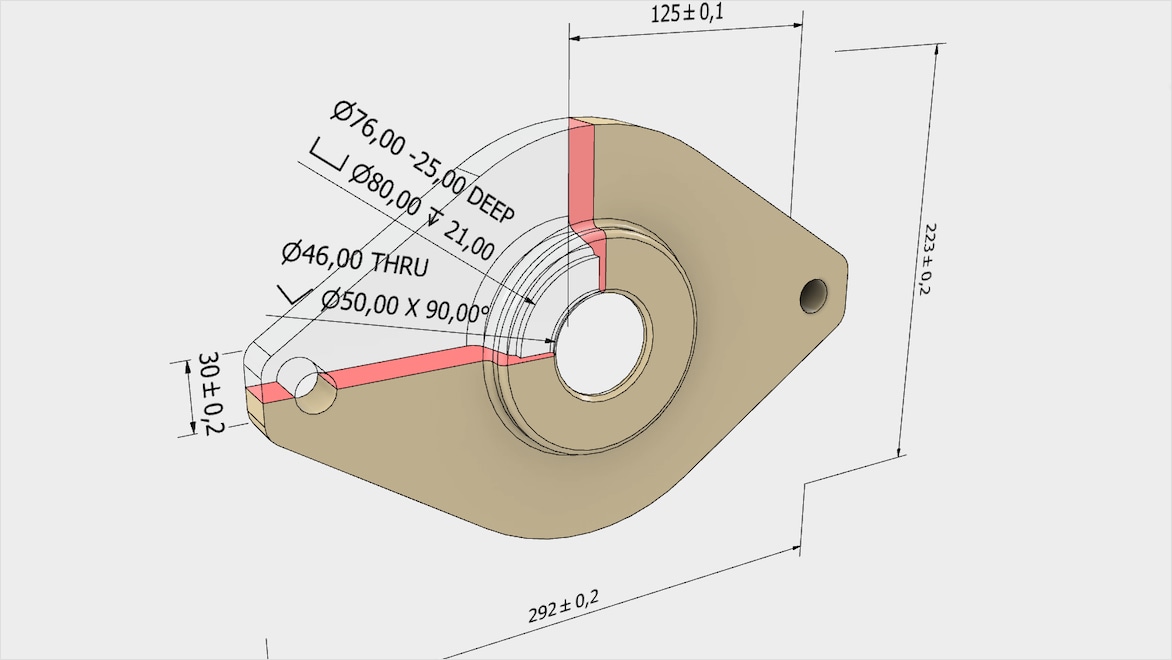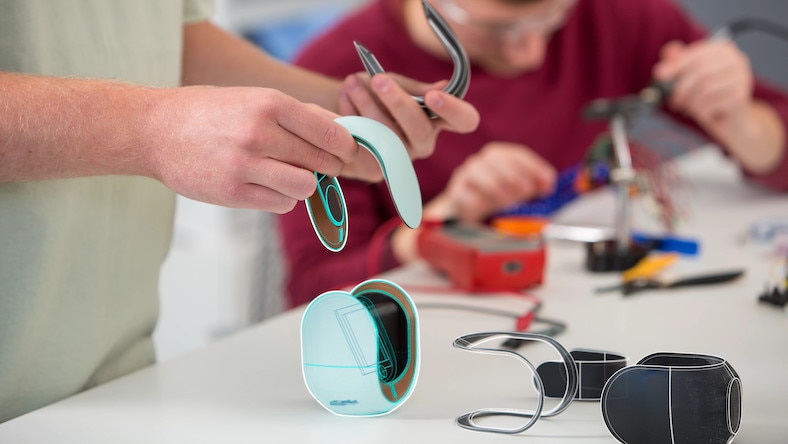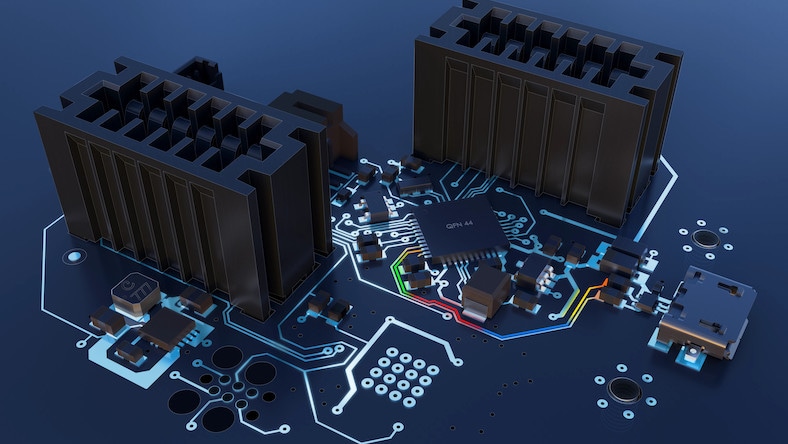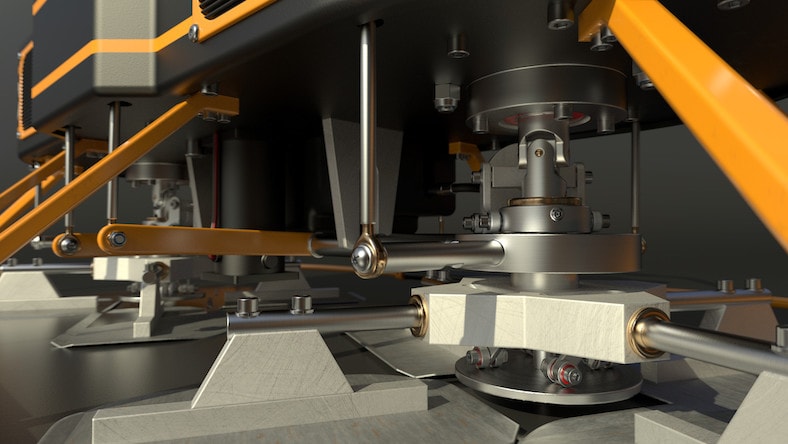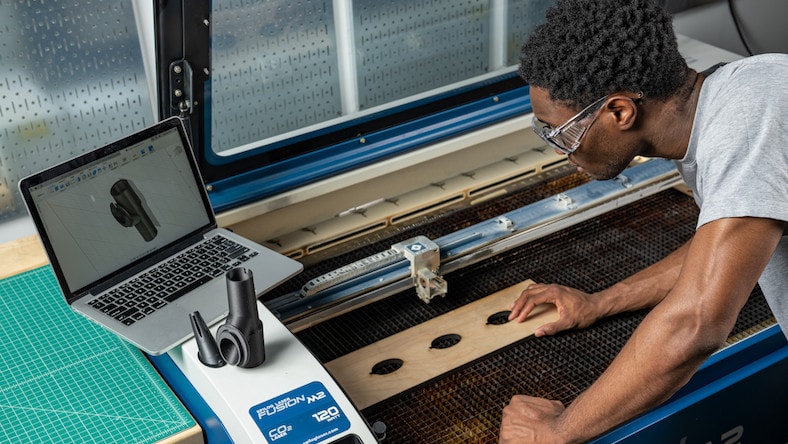Standardised GD&T systems from the American Society of Mechanical Engineers (ASME) and the International Organisation for Standardisation (ISO) trade organisations are used in manufacturing today to better communicate the functional reasons behind a product’s dimensions between designers, manufacturers and inspectors. When properly used, GD&T can reduce errors, reworking and time to market. It can also lower the cost of production because finding acceptable tolerances for a part’s features can reduce inspections and part reject rates.
GD&T standards are more effective than earlier methods that relied only on linear dimensions or lengthy notes written on a design, and they define both design intention and inspection requirements better than old coordinate measurement systems. When everyone involved with the process knows how to encode and interpret GD&T as needed, it is a clear and concise method of communication across disciplines and teams.
In 1940, naval engineer Stanley Parker began developing a proto-GD&T system to be more reliable and cost-effective than specifying part features using coordinate measurements and plus/minus tolerancing. That led to enacting a military standard, and today manufacturers worldwide follow the trade GD&T standards most recently updated in the late 2010s.
Modern GD&T also often comes in the form of information that GD&T software embeds into 3D models. Standard-conforming GD&T has to include “semantic“ tolerances, which means they conform to the ASME and ISO standards’ logic. However, GD&T software generally doesn’t enforce semantic GD&T, making designers responsible for annotating the designs properly for best results.
The organic geometries of generatively designed parts can make applying GD&T seem impractical, but there are opportunities for its use. In these instances, GD&T can be used to develop features that connect to other parts and define them using standard geometric shapes with traditionally defined datums.
While CAD models produce theoretically perfect geometrical dimensions, physically produced parts can never be perfect. GD&T defines acceptable tolerance ranges for every part feature so parts will fit into assemblies and function correctly without incurring the extra costs of tighter tolerances. Well-enacted GD&T can improve quality while reducing cost and time to market, synchronising the efforts of designers, machinists and QA with a concise, symbolic language.



